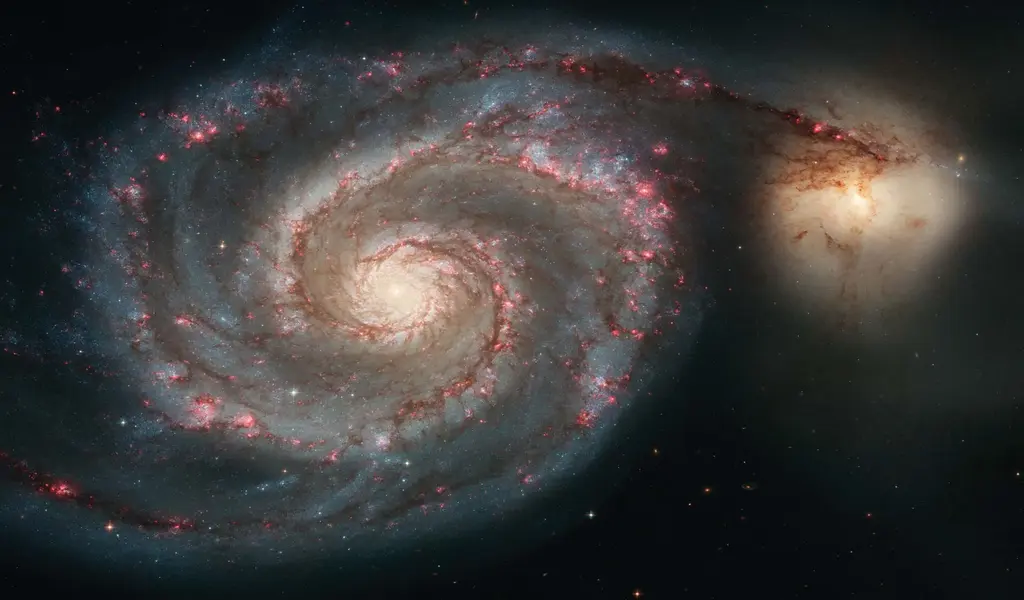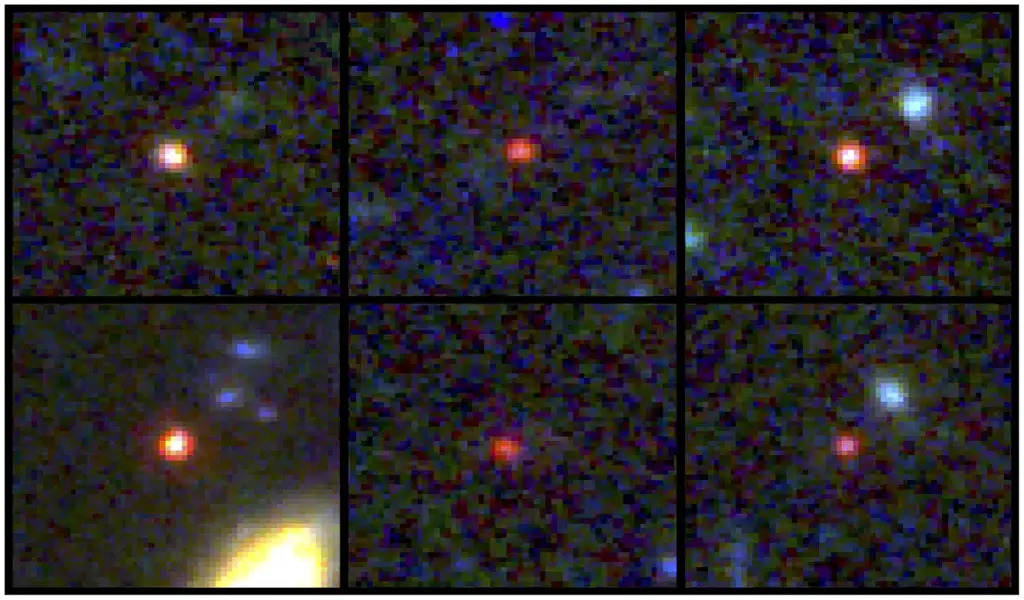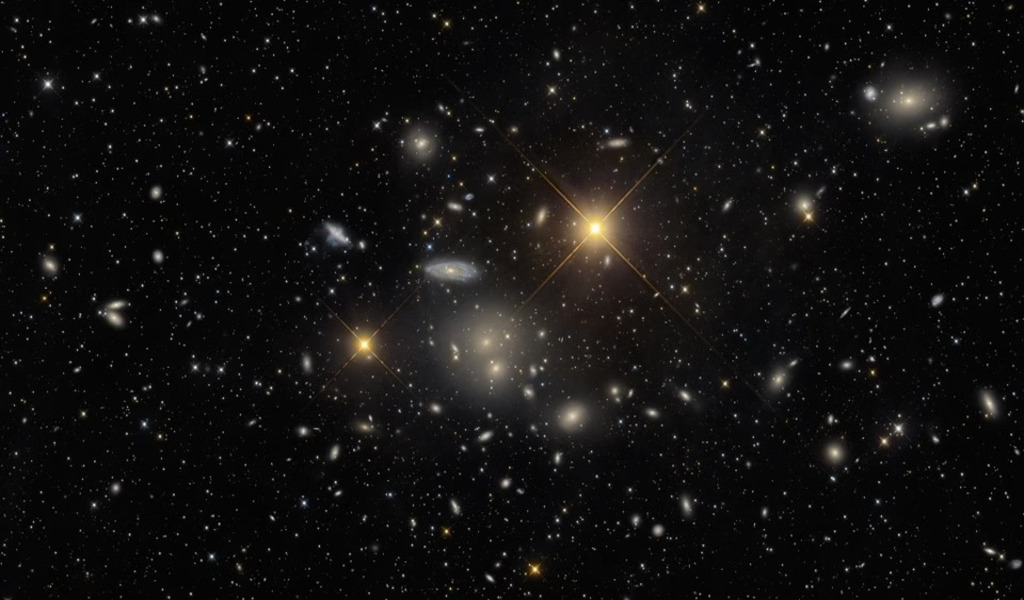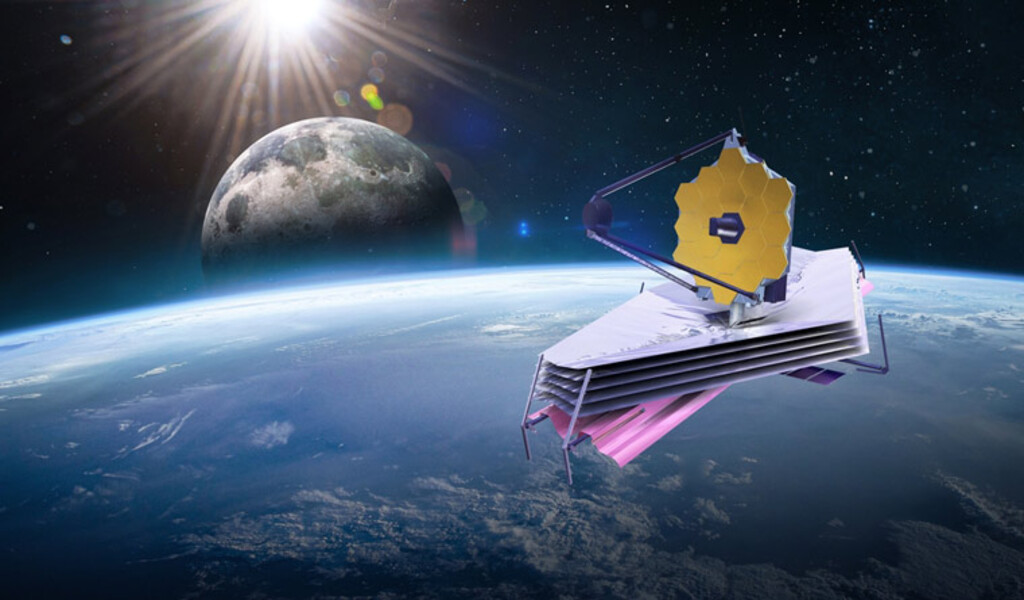Science
Webb Space Telescope Discovers Massive Galaxies Near Cosmic Dawn Galaxies

(CTN NEWS) – Webb Space Telescope – 600 million years after the Big Bang, galaxy astronomers have found what appear to be huge galaxies, suggesting that the early universe may have had a star fast-track that generated these “monsters.”
The size and maturity of these six alleged mega-galaxies have surprised astronomers, despite the fact that the new James Webb Space Telescope has found even older galaxies that are only 300 million years old.
On Wednesday, they published the results.
This close to the universe’s creation, Ivo Labbe of Swinburne University of Technology in Australia and his colleagues anticipated seeing tiny infant galaxies rather than gigantic giants.
He explained in an email that while the majority of galaxies in this time period are still small and only gradually developing larger galaxies over time, “there are a few monsters that fast-track to maturity. It is unclear why or how this would function in this situation.

This image provided by NASA and the European Space Agency shows images of six candidate massive galaxies, seen 500-800 million years after the Big Bang. One of the sources (bottom left) could contain as many stars as our present-day Milky Way, but is 30 times more compact (NASA via AP)
Objects That Are 100 Billion Times Higher Than The Sun
The six objects each seem to weigh billions of times more than the sun. One of them may contain stars with a combined mass that is 100 billion times higher than the sun, according to experts. The journal Nature reported their findings.
According to Labbe, these galaxies are incredibly compact, fitting as many stars in a comparatively tiny area of space as the Milky Way.
Initially, Labbe and his associates had doubts about the results since they thought that galaxies, as developed as the Milky Way, couldn’t exist so early and still needed to be verified.
Some team members believed they had made a mistake because the objects were so big and dazzling.
As Labbe put it, “We were extremely shocked, even disbelieving.”
The study’s participant Joel Leja from Pennsylvania State University calls them “universe breakers.”

/ NASA
NASA And ESA Are Replacing Hubble Space Telescope
Leja stated that the finding that enormous galaxy formation took place relatively early in the universe’s history “confronts what many of us thought was settled science.”
“We discovered something that, as it turns out, poses challenges for science. The entire scenario of early galaxy formation is called into doubt by this.”
These were some of the first observations made with the $10 billion Webb telescope, which was put into service just over a year ago.
The Webb Space Telescope, operated by NASA and the European Space Agency, is taking over from the Hubble Space Telescope and is now commemorating its 33rd launch.
In contrast to Hubble, the larger and more potent Webb can use its infrared vision to see through dust clouds and find previously undiscovered galaxies.
Once the universe was created 13.8 billion years ago, scientists anticipate witnessing the formation of the first stars and galaxies.

Scientists Cautious About Calling These Galaxies Giants
The researchers are being cautious in dubbing these prospects huge galaxies for the time being because they are still awaiting official confirmation through sensitive spectroscopy.
Leja hypothesized that some objects might not be shrouded by galaxies at all, but rather by supermassive black holes.
Even while some may end up being smaller than anticipated, Labbe asserts that “odds are good that at least some of them will turn out to be” galactic giants. “In a year, we’ll learn.”
The first thing Webb taught him was to “let go of your expectations and be ready to be surprised.”
RELATED CTN NEWS:
Webb Detects Extremely Small Main Belt Asteroid Between Mars and Jupiter






























